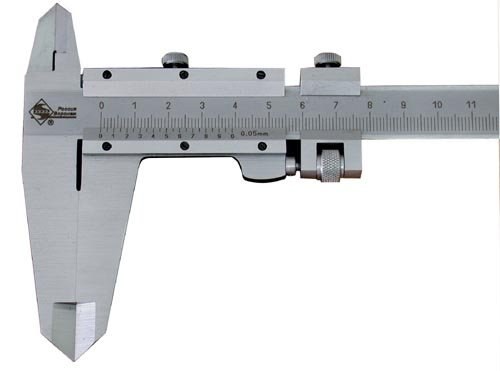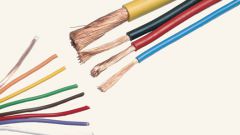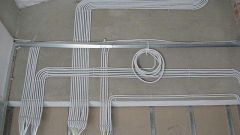You will need
- cable with an unknown cross section;
- - Vernier caliper or micrometer;
- - table of specific resistances of substances.
Instruction
1
Take the cable, the section which you want to define. Most often it consists of 2-4 lived that are isolated from each other special material. These cores have the same diameter. Sometimes you can find the cable alone which is thinner than the rest – it is meant for grounding.
2
Clean off the insulation of the cable core. With the help of Vernier caliper and micrometer better (this will allow for more accurate measurement), find the diameter of the core. Get the value in millimeters. Then calculate the cross-sectional area. To do this, a coefficient of 0.25 and multiply by the number π≈3.14, and the value of the diameter d squared S=0,25∙π∙d2. This value multiply by the number of strands of the cable. Knowing the wire length, its cross section and the material from which it is made, and calculate the resistance.
3
For example, if you need to find a cross-section of copper cable of 4 lived, and the measurement of the diameter gave a value of 2 mm, find the area of its cross section. To do this, calculate the cross-sectional area of one core. It will be equal to S=0.25∙3,14∙22=3,14 mm2. Then determine the total cross section of the cable for this section one core to multiply their number in our example is 3,14∙4=12,56 mm2.
4
You can now determine the maximum current that can be it leaking, or resistance if known length. Maximum current for copper cable, calculate the ratio of 8 to 1 mm2. Then the limit value of current which can pass through the cable, taken in the example is 8∙12,56=100,5 A. Note that for aluminum cable, the ratio is 5 to 1 mm2.
5
For example, the cable length is 200 m. in order to find its resistance, multiply resistivity of copper ρ in Ohm∙ mm2/m, the cable length l and divide by the area of its cross section S (R=ρ∙l/S). Making the substitution, we get R=0,0175∙200/12,56≈0,279 Ohms, which will lead to very small losses of electricity during its transmission through such a cable.


